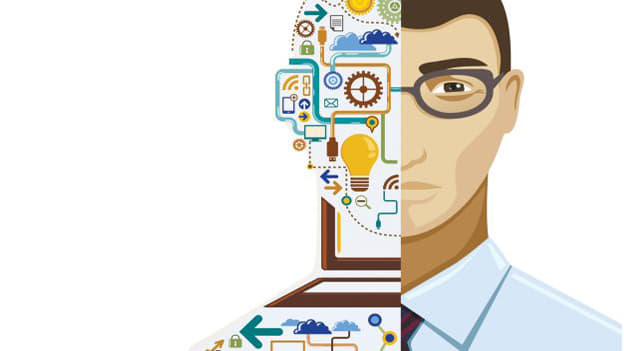Improving mental health in the workplace goes beyond yoga classes and healthcare

Gone are those days when employee-employer relationships began and ended with paychecks, and when employee benefits primarily consisted of life insurance, retirement benefit and some basic health care.
Today, many companies are looking into physical and emotional support for the well-being of their employees. So it is not uncommon to see a host of innovative policies to engage employees – health insurance, annual health check-up, yoga classes at work to celebrate personal and professional milestones not only with employees but involving their family members as well.
Overall health stability has become top of mind in workplace conversations and business leaders are paying close attention.
The global pandemic has caused massive mental health issues. The State of the Global Workplace 2021 report by Gallup identified a number of worrying data points. Hospitalisation, deaths, lockdown, and closed schools caused immense frustration and struggle. After steadily increasing the whole of the last decade, Employee engagement level has decreased for the first time in 2020 by 10%.
The study also found that 80% of global employees are not engaged in their work although the engagement level varies across continents. Gallup estimated that lack of engagement results in loss of USD 8.1 Trillion in last productivity every year.
In this backdrop, some experts have cautioned that the next global crisis can be a mental health pandemic. It is imperative that organisations need to build a culture where psychological well-being is given a priority. Overall health balance has a direct impact on individual productivity in the workplace and the communities it builds in the workplace. The pandemic has given employers better insights into employee struggles, and created a conversation in regards to mental health being at the forefront. They have started looking from organisational issues and now into individual human life experiences.
Harvard Health reports that "employees are hesitant to seek treatment because of the stigma associated with mental illness." Even when they are aware that properly treated mental health problems can "reduce workers' symptoms and improve work and life performance," fearing that this could endanger their work, they avoid treatment.
Along with the stigma attached around taking care of one’s mental well-being, the worldwide economic slump is feared to have a negative impact on public health, not just because of job losses, but also because of the indirect effects on lifestyles and access to health care. While many employers have started corporate wellness programs and are making changes to promote mental health and well-being, companies must look beyond traditional yoga sessions, workshops and a month's vacation.
Through the HRXPS model study, ADP has identified 15 items with which to measure HR effectiveness and pinpoint what strategic and tactical actions the HR function can take to increase service quality.
Organisations need to create a system where employees are more informed and involved. Regular quick check-ins between employees and their managers on work and personal matters can be invaluable. It is also important to ensure, these check-ins are not overbearing and formal in terms of time and effort commitment from either parties. It is often found that employees are ‘expected to come prepared’ for these meetings which can be counterproductive. Engagement and productivity can be influenced by social cohesion, a sense of support from supervisors, information sharing, shared goals and visions, honest communications and trust.
Corporate health investments benefit not only employees but also employers. Proper psychiatric care increases productivity, reduces absenteeism, and reduces overall medical costs. Having a healthy workforce, working in a good mood, and being ready to work benefits everyone. It is also important to understand that treatment does not always lead to a quick solution, maintaining patience when an employee tries to manage their mental health is crucial.
Organisations need to take steps in creating a supportive culture where mental health is not a stigma or treated as a taboo. Whether employees are at office or working remotely, companies need to help them in taking care of themselves. They should ensure that as many resources are kept available while doing so. This will promote employee satisfaction, increase productivity and aid in retaining the best of talent.












